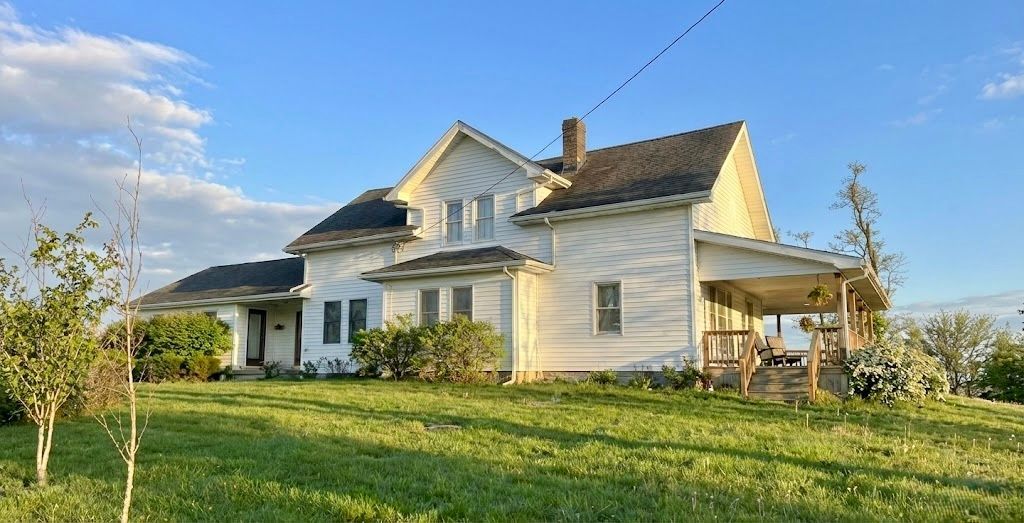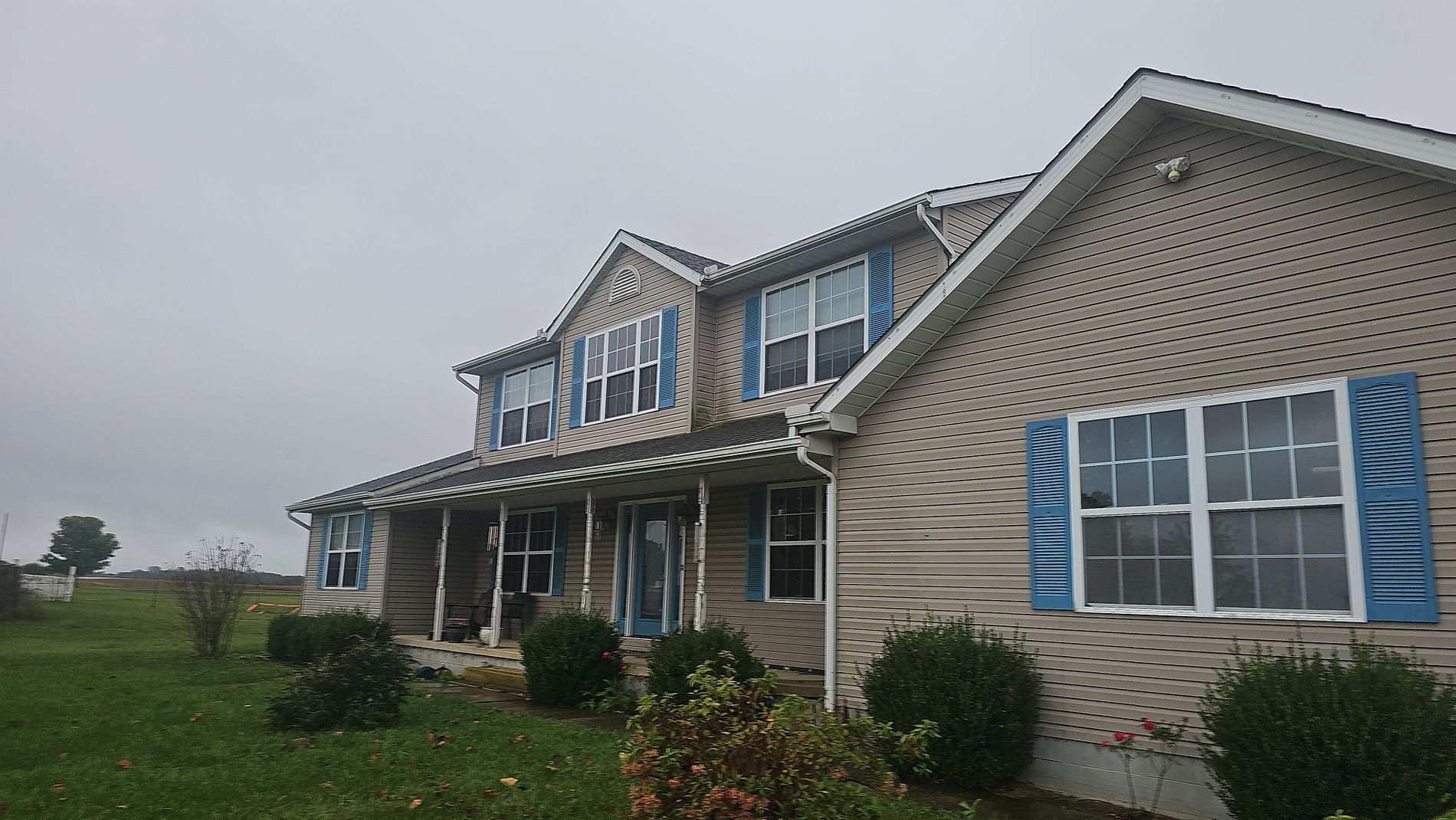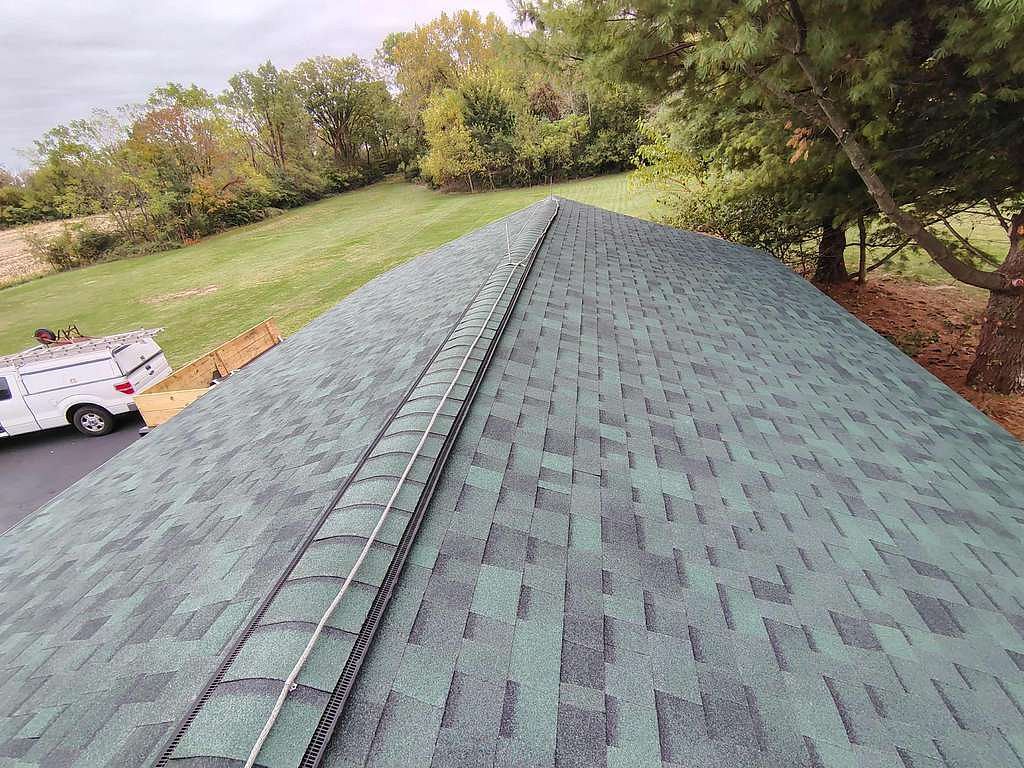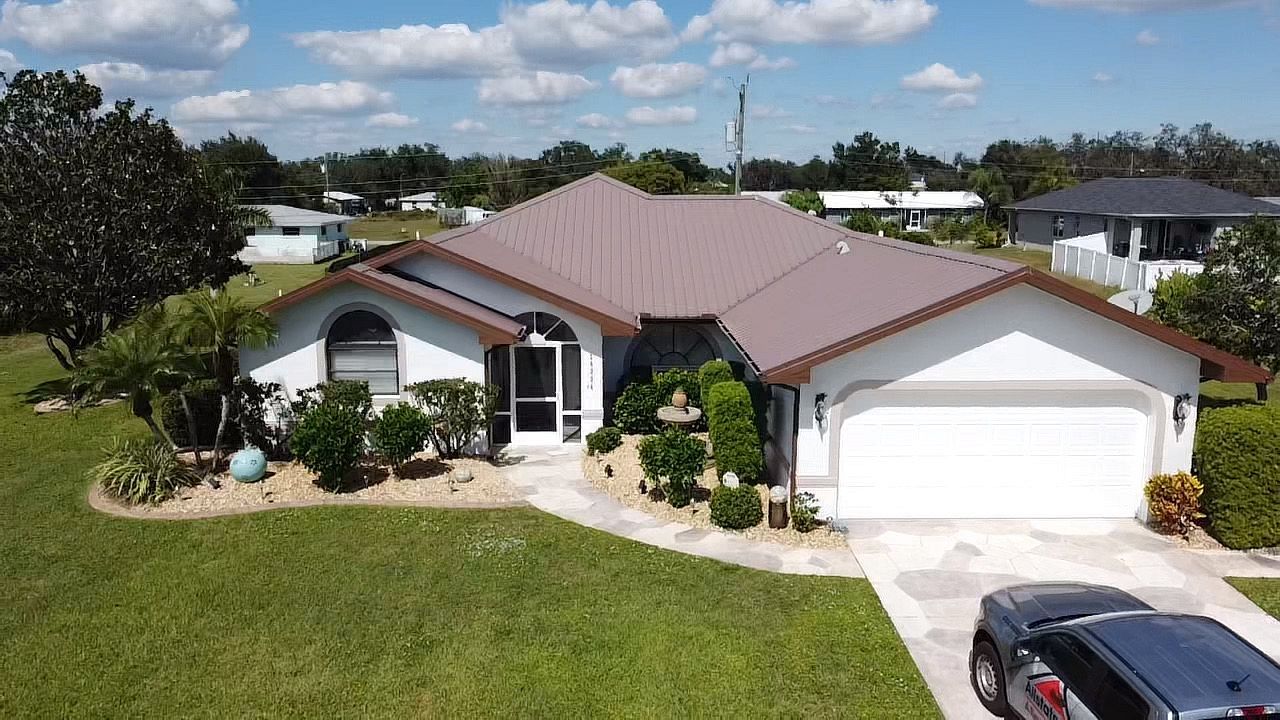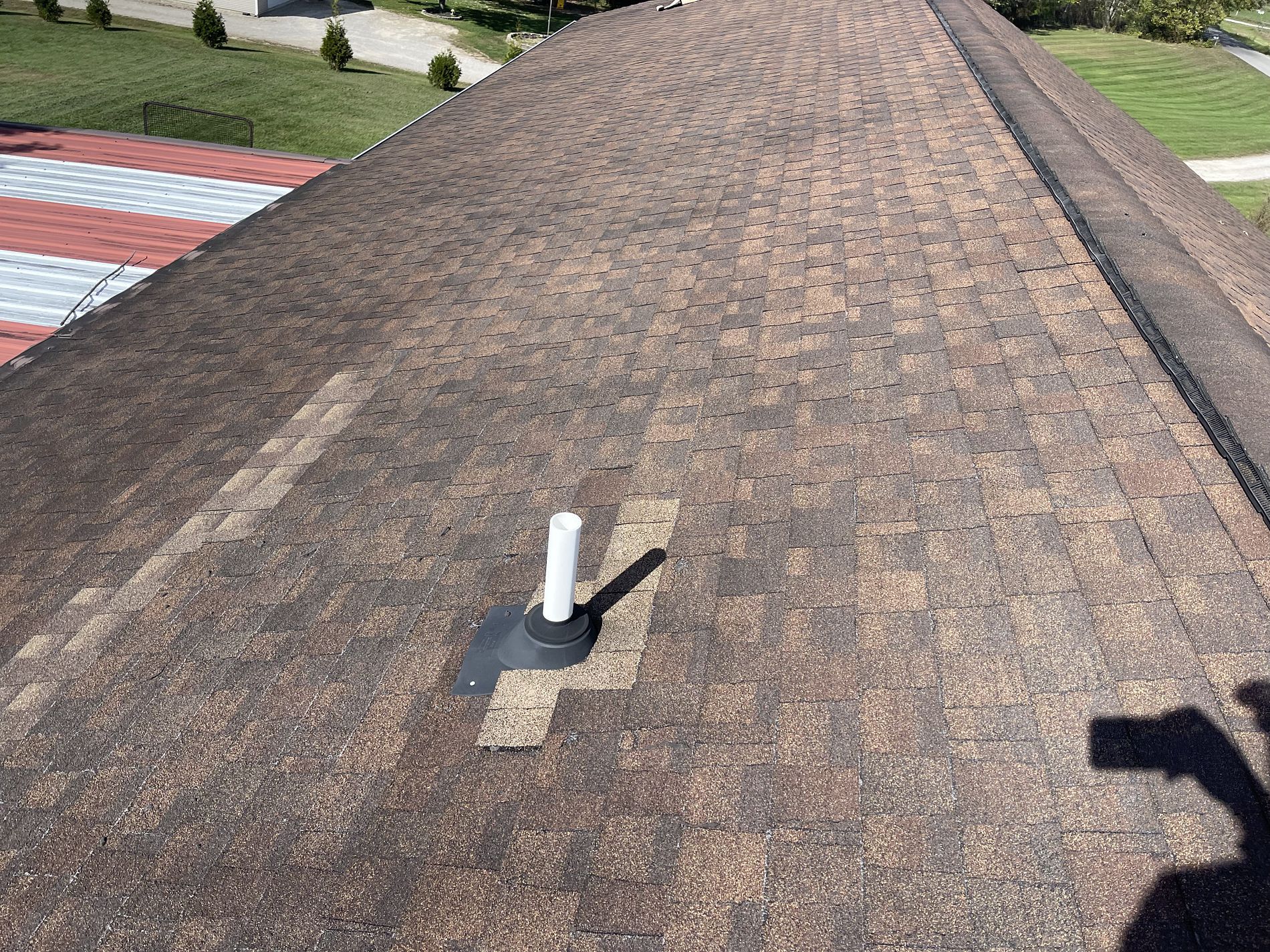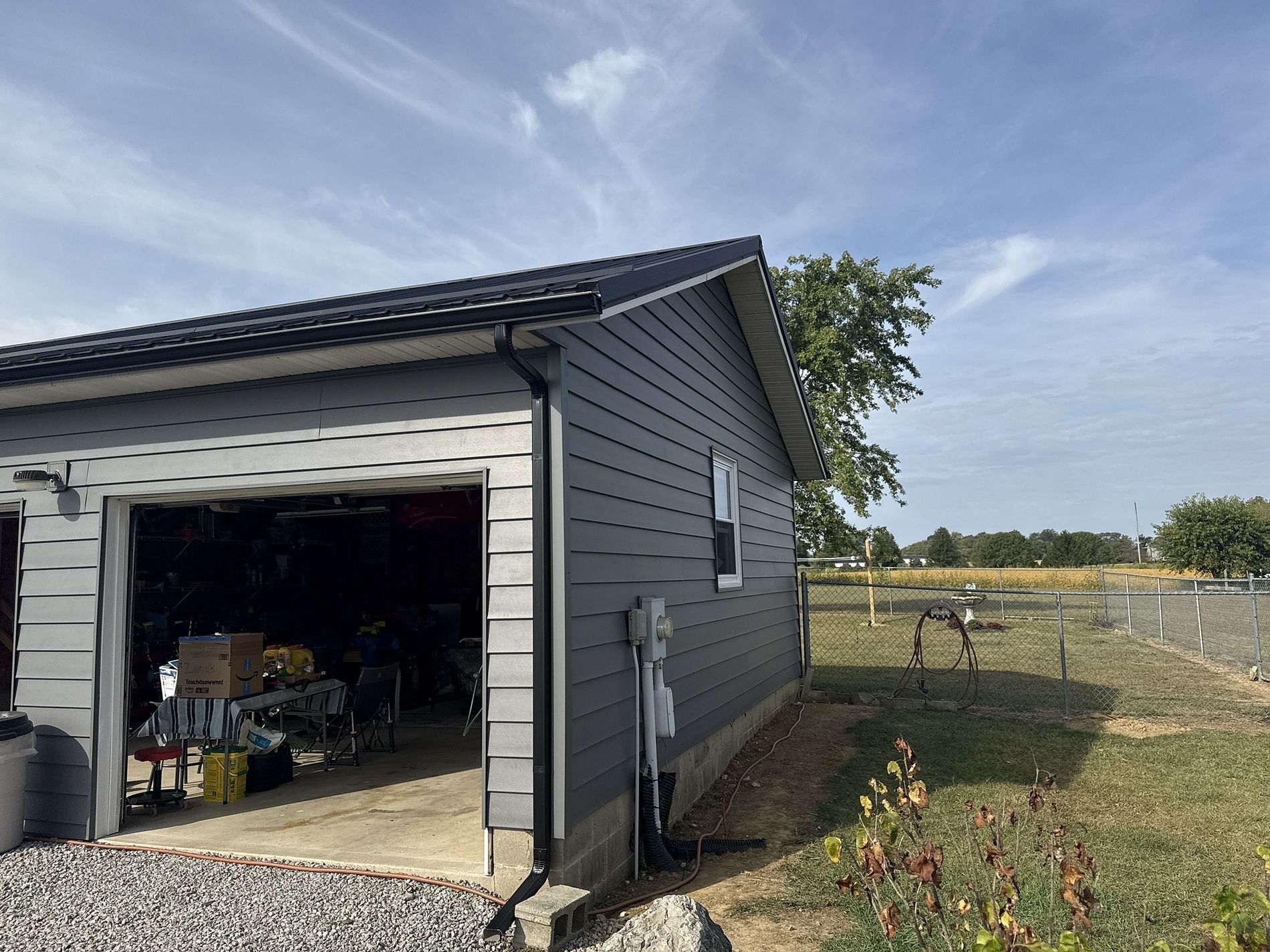Why Your Roof Needs These 6 Residential Roofing Layers

Prepositions are funny little things; they are words like above, below, and near . They all describe where things are in relation to other things. When a roofer describes your home’s residential roofing layers, not all of those layers may be stacked up like a sandwich; they may not be between , above , or below . They might be near other layers or beside a layer. Yet all six layers of a typical home’s roof are essential to keeping your family warm, safe, and dry.
6. Roof deck
If you feel comfortable doing so and consider it safe, crawl into your attic and stare up at the rafters (the angled wood structural pieces supporting your roof). Rafters are one part of your roof deck, and sheathing is the other. You can see the sheathing atop the rafters. Be careful! If you have a shingle roof, the sheathing probably is riddled with roofing nails, which stick through far past the thickness of the sheathing (that’s intentional, for strength).
A roof deck is the foundation for the rest of your roof. It must remain dry, strong, and firmly fastened to your home to do its job. During a reroofing, your local residential roofer will probably replace at least a few sheets of sheathing, depending on the extent of normal wear and tear or possible mold and rot.
5. Underlayment
Eager as you may be to learn all about your central Ohio home’s roof, never take a field trip up onto your roof. Roofs are slippery surfaces, and falls can be nasty. So trust us, on top of your home’s sheathing but below the rest of the roof is underlayment . Underlayment is a natural felt or synthetic material rolled out like fabric and then stapled down. Underlayment has a bit of plasticity and elasticity, meaning it will give a little and then resume its shape if it can. It closes in around staples and nails so that water cannot seep into your home through the roof.
4. Water and Ice Shield
In addition to underlayment going down over your sheathing, the bottom three feet of your roof will have a layer of a thick, self-adhesive material called water and ice shield . The last three feet of your roof is susceptible to ice dams, so it needs an extra layer of protection. Valleys, too, usually have water and ice shield. This flexible, thick material is rolled out and sticks to the underlayment. It provides an additional 1/8th-inch or so water barrier, and, like underlayment, it quickly seals itself around penetrations like staples and nails.
3. Flashing
Great as water and ice shield is, it does not solve every roofing problem. Flashing is usually a thin sheet of metal used to cover gaps between unlike materials. You will find flashing around chimneys and in valleys. Flashing can also be a flexible rubbery material used to seal around kitchen and bath vents, around plumbing stacks, and anywhere rooftop penetrations threaten to let in water. Flashing is not so much a layer as an integral part of all areas of your roof. It can be applied beneath shingles and metal roof panels or bent up to form-fit around masonry.
2. Ridge Vents
Your roof needs to breathe. It needs circulating air rising from soffit vents, traveling along the underside of sheathing, and exiting at your ridgeline (the highest point of your roof). Ridge vents provide the needed ventilation to keep your roof healthy. Ridge vents are part of the very top layer of your roof, along with the actual roofing material (shingles or metal panels).
1. Roofing Material
The highly visible part of your home’s roof is its roofing material:
- Shingles
- Metal panels
These materials are available in a wide range of colors and price lines, so you can select the ideal roof for your Ohio home and budget. Your roofer can offer excellent advice on selecting the right look:
- Cut, color, and style of shingle
- Vertical seam, stamped panel, 5-V crimp, and even metal shingle and tiles
Your Central Ohio home’s roof can be in nearly any color, though exterior decorators advise against trendy colors or standouts if you are hoping to maximize resale value. Both fiberglass-asphalt shingles and metal roofing are available in earth tones, neutrals, and energy-efficient, reflective colors. Your roof has not only these six layers but many other components that must be expertly installed by experienced roofers. Some of these pieces go on , near , above , or beside other layers. Yet they all work together to provide you with a trouble-free, weather-tough new roof.
You can do your central Ohio no greater a favor than to work with Allstate Exteriors & Restoration for all your roofing needs. Contact us today to learn what sets us apart, what condition your residential roof is in, and how we can help you.
